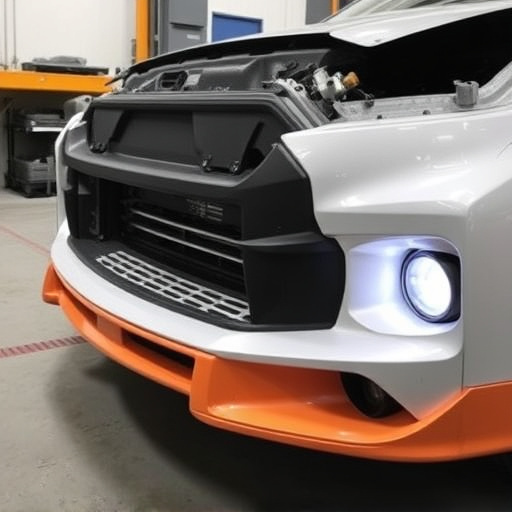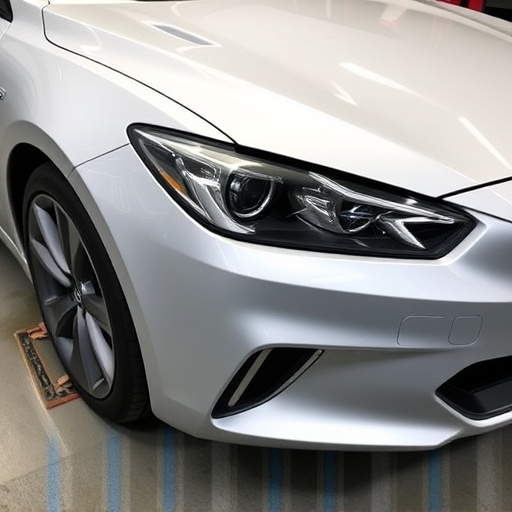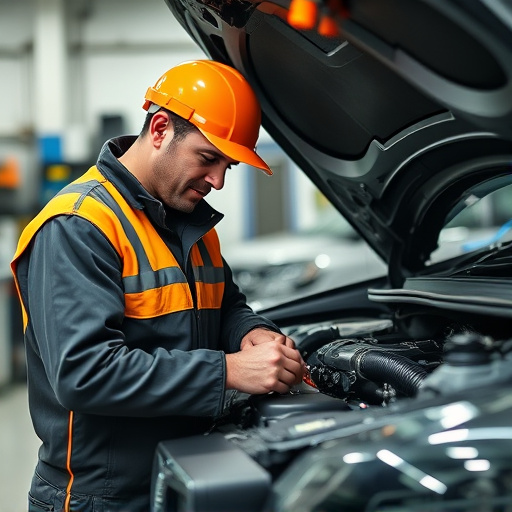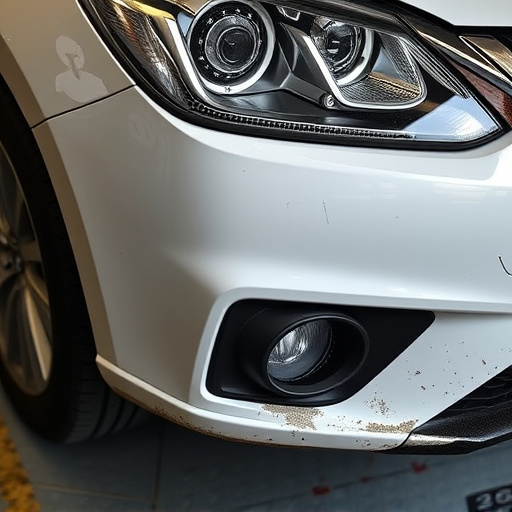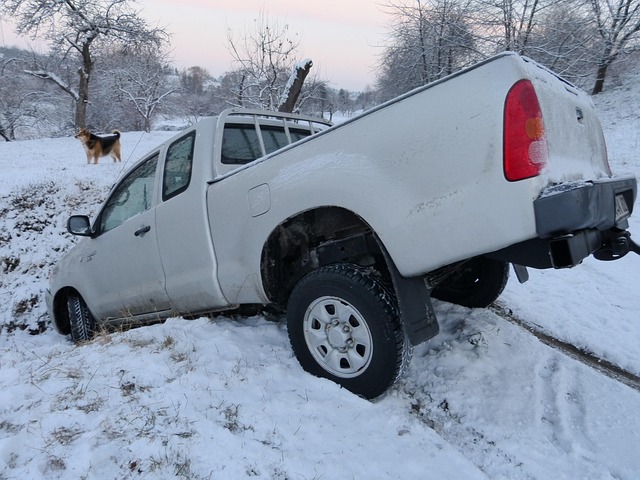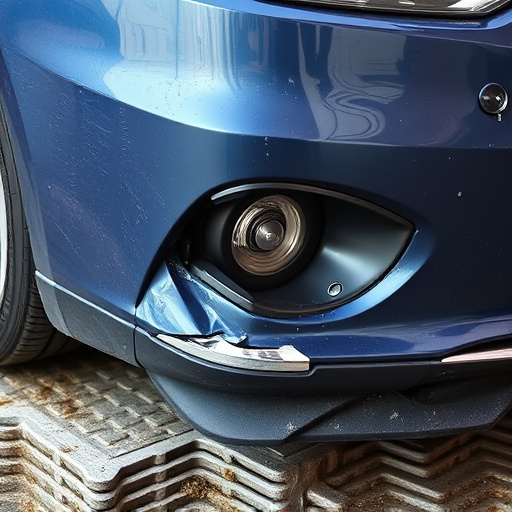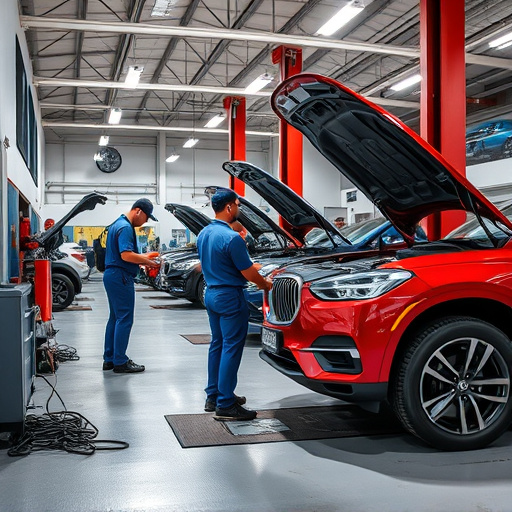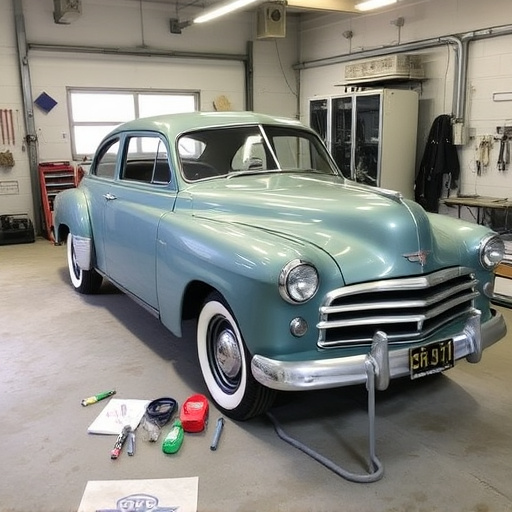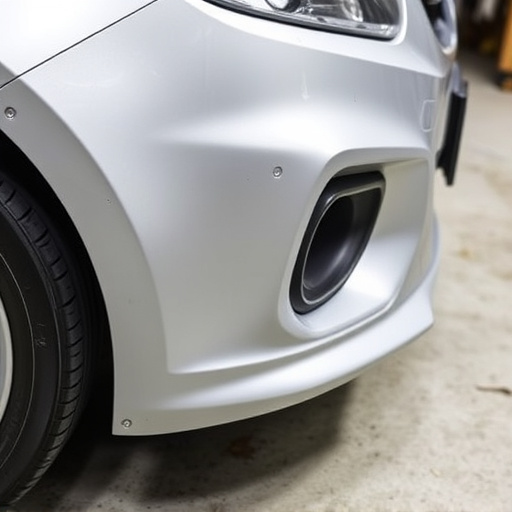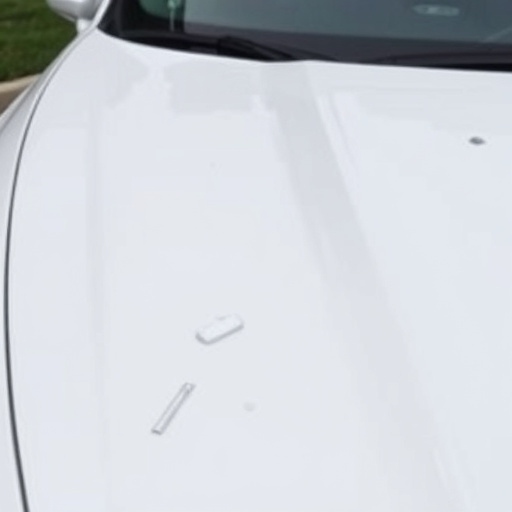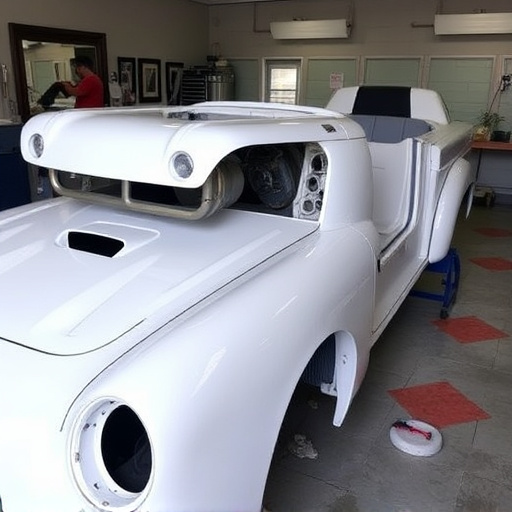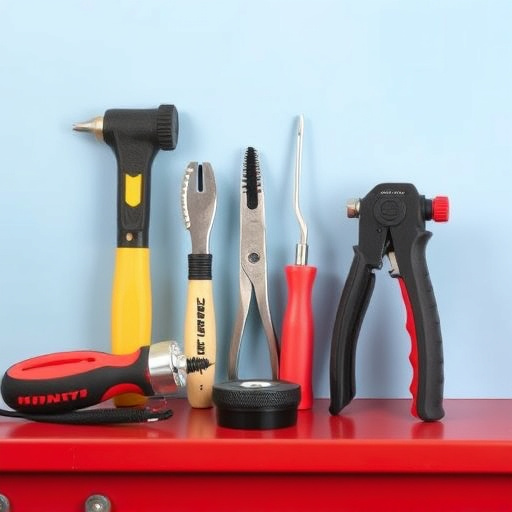Frame repair equipment is vital for accurate structural alignment in automotive repairs, especially post minor accidents. Advanced tools calibrate and adjust vehicle frames, maintaining integrity, safety, and aesthetics. Proper calibration prevents future issues, enhances handling, tire longevity, and overall vehicle performance. This reduces the need for frequent adjustments, saving time and resources for both customers and repair technicians.
Frame repair equipment plays a pivotal role in ensuring precise structural alignment during vehicle restoration or accident repairs. This specialized tool calibrates with unparalleled accuracy, allowing technicians to restore vehicles to their original specifications. The calibration process involves meticulous adjustments to achieve perfect alignment, delivering top-tier results. Accurate structural alignment not only enhances the safety and performance of repaired vehicles but also guarantees customer satisfaction by maintaining the vehicle’s initial integrity.
- Understanding Frame Repair Equipment's Role
- Calibration Process: Achieving Precision Alignment
- Benefits of Accurate Structural Alignment
Understanding Frame Repair Equipment's Role
Frame repair equipment plays a pivotal role in ensuring precise structural alignment during automotive repairs, particularly after minor accidents like fender benders. These specialized tools are designed to calibrate and adjust various components of a vehicle’s frame, which is crucial for maintaining its integrity and safety. When a car undergoes a dent repair or any other form of body work, it’s essential that the frame remains straight and aligned to prevent future structural issues.
The equipment accomplishes this by providing accurate measurements and adjustments, enabling technicians to restore the car’s original shape. This meticulous process not only enhances the vehicle’s aesthetics but also guarantees its structural soundness. With the help of advanced frame repair equipment, car repair services can offer high-quality repairs, ensuring that dent repairs are more than just surface-level fixes—they’re part of a comprehensive restoration that keeps the entire vehicle in optimal condition.
Calibration Process: Achieving Precision Alignment
The calibration process for frame repair equipment is a meticulous procedure designed to achieve precise structural alignment, ensuring every component of a vehicle is restored to its original specifications. It involves a series of complex measurements and adjustments to guarantee that when the frame is repaired, it aligns perfectly with the vehicle’s overall design. This precision is paramount in the automotive industry, where even the slightest misalignment can impact handling, safety, and aesthetics.
Frame repair equipment uses advanced sensors and computer-controlled mechanisms to calibrate each element, from suspension systems to body panels. This ensures that when a car undergoes repairs for issues such as auto glass replacement or car paint repair, the frame is restored to its original state, facilitating seamless integration with other components like vehicle restoration parts. The end result is a securely aligned structure, ready for any subsequent work, whether it’s routine maintenance or extensive vehicle restoration.
Benefits of Accurate Structural Alignment
Accurate structural alignment is a cornerstone of effective frame repair equipment, ensuring that vehicles return to their original state after repairs. This precision is paramount in mitigating future issues and enhancing safety on the road. When an automobile undergoes a hail damage repair or car repair services, achieving exact structural alignment helps in correcting any misalignments caused by impacts, thereby preventing uneven wear and tear.
Proper alignment contributes significantly to improved handling dynamics, tire longevity, and overall vehicle performance. In the realm of automotive repair services, frame repair equipment that calibrates for accurate structural alignment reduces the need for frequent adjustments, saving time and resources. This benefits both customers and repair technicians by ensuring better-quality repairs and longer-lasting vehicles, thereby fostering a positive feedback loop within the industry.
Frame repair equipment plays a pivotal role in ensuring precise structural alignment, delivering superior results in the repair process. Through meticulous calibration, technicians can achieve exacting standards, leading to more robust and durable repairs. This attention to detail not only enhances the quality of the work but also guarantees the safety and longevity of structures, making accurate structural alignment an indispensable aspect of frame repair.
